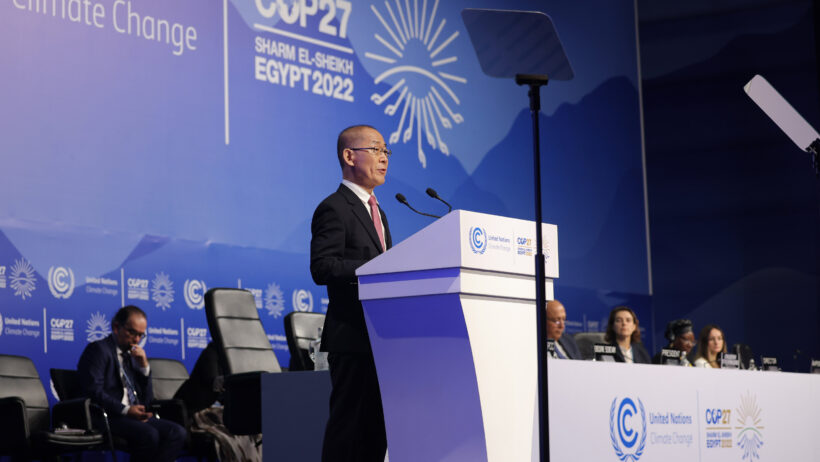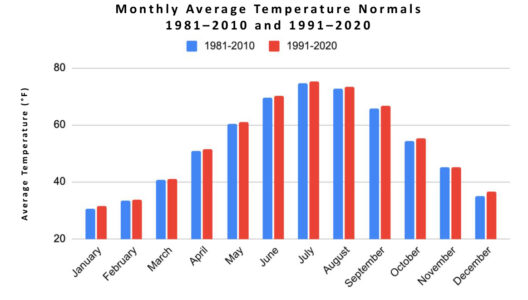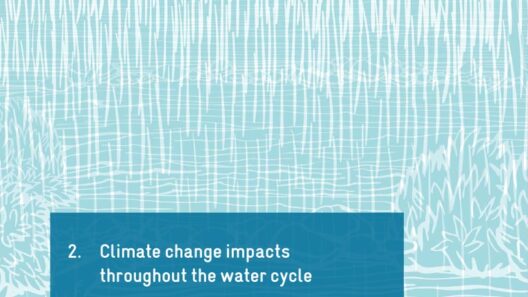China, the most populous nation and the second-largest economy in the world, stands at a pivotal juncture in the fight against climate change. As both a major consumer of fossil fuels and a significant contributor to global carbon emissions, its environmental policies are under intense scrutiny. Yet, behind the simple dichotomy of industrial progress and ecological degradation lies a more complex tapestry of social, economic, and political dynamics. This article delves into the perplexing climate conundrum that China faces and illuminates the myriad ways in which the nation is both grappling with and confronting global warming.
The landscape of climate change discourse often positions China as a villain. However, such a perspective overlooks the complexities inherent in its rapid economic development. Since the late 20th century, China has experienced an unprecedented economic boom, lifting hundreds of millions out of poverty. This remarkable progress is inextricably linked to its energy consumption patterns, predominantly reliant on coal, a choice dictated by historical availability and affordability. However, coal is also a major contributor to greenhouse gas emissions, prompting urgent calls for a shift in energy policy.
Amid growing domestic concerns about air quality, public health crises, and environmental degradation, the Chinese government has begun to pivot towards more sustainable energy practices. The commitment to renewable energy becomes evident in its ambitious goals, such as the pledge to reach carbon neutrality by 2060 and peak carbon emissions before 2030. This commitment marks a significant ideological shift, embracing a greener, more sustainable development model that seeks to balance economic growth with environmental responsibility.
However, the devil is in the details. China’s climate policies are not merely reactive; they are strategically calculated responses to both domestic pressures and international expectations. The Chinese leadership recognizes that climate change transcends geographical boundaries—it is a global phenomenon that necessitates collective action. Yet, they also contend with the pragmatic difficulties of transitioning an economy that has relied heavily on coal for growth. This juxtaposition creates a fascinating tension between ambition and practicality.
Furthermore, China’s position on the global stage complicates its climate policy. As a burgeoning superpower, China faces scrutiny from Western nations demanding accountability for its emissions. Yet, framing China merely as a climate villain ignores its role as a vital player in global climate solutions. The nation has emerged as a leader in solar power manufacturing, holding a dominant share of the global market. This has been pivotal not just for domestic energy security, but also for providing a pathway for other nations to access renewable technologies at competitive prices.
The Belt and Road Initiative (BRI) illustrates another dimension of this paradox. While the BRI has been criticized for fostering infrastructure projects that may exacerbate fossil fuel dependency in partner countries, it also offers substantial opportunities for integrating sustainable practices in developing nations. China has begun to promote green financing for several BRI projects, showcasing a potential for leadership in renewable energy deployment beyond its borders. The initiative presents a dual narrative—an opportunity for environmental progress intertwined with the legacy of fossil fuel dependence.
Moreover, public sentiment in China is shifting. As climate-induced disasters grow increasingly prevalent across the globe, the population is becoming more aware of the tangible impacts of climate change. There’s a burgeoning grassroots movement advocating for sustainability, echoing the sentiments shared by younger generations that demand an eco-conscious approach to policymaking. Environmental activism is gaining momentum, with citizens increasingly calling for stricter pollution regulations and sustainable urban planning solutions.
Yet, with state control being pivotal in China’s societal framework, the government often adopts a top-down approach to implementing climate initiatives. This has prompted critiques regarding the actual enforcement of environmental standards. While ambitious policies may be publicly lauded, the execution can be problematic. Local governments, tasked with meeting economic growth targets, may prioritize industrial output over environmental regulations, resulting in a disconnect between policy and practice.
The concept of “ecological civilization” reflects the state’s efforts to redefine development paradigms. By promoting a harmonious relationship between humanity and nature, the government aims to integrate ecological concerns into planning at various levels of governance. This ideological frame suggests a deeper shift towards sustainability that, if fully realized, could transform China’s developmental trajectory.
International diplomacy also plays a critical role in shaping China’s climate agenda. The nation is a key participant in multilateral environmental agreements, such as the Paris Agreement, where it has pledged to reduce emissions intensity and bolster carbon sinks. However, the challenges lie in balancing these commitments with domestic growth imperatives. The forthcoming years will be pivotal as China navigates the intricacies of fulfilling its climate promises while ensuring economic stability.
In conclusion, China’s climate conundrum encapsulates a critical intersection of economic aspirations and global environmental responsibility. As it grapples with the legacy of its fossil fuel dependence, it simultaneously lays the foundation for a greener future. The nuances of its policy decisions reflect a dynamic interplay of domestic pressures, international expectations, and emerging public awareness. To truly appreciate the complexities of China’s response to climate change, one must look beyond the simplistic narratives that portray it solely as a villain in the global arena. Rather, this narrative is imbued with layers of ambition, contradiction, and potential for genuine change.







